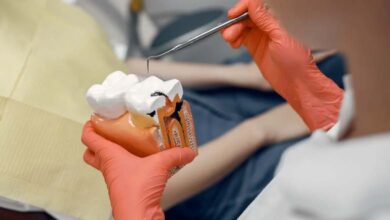Health – Monkeypox

The virus that causes Monkeypox was first discovered in the late 1950s, but there are signs it has undergone changes in the past three to four years that have allowed it to spread more easily between humans. The first thing everyone should know about Monkeypox is that it actually has very little to do with monkeys.
“Monkey pox was first discovered in monkeys in a laboratory in Denmark, the virus infects monkeys and has been isolated from monkeys, but they are not the main reservoir of the disease,” says Sagan Friant, an anthropologist at Pennsylvania State University in the United States. “We think of a reservoir as an animal that can transmit disease but does not suffer or die from it. »
Friant has studied Monkeypox in Nigeria for more than 15 years and was about to start a new research project when the Covid-19 pandemic hit. She says it’s likely – but not yet proven – that the Monkeypox virus originated in rodents.
“For a long time, scientists thought that primate diseases were the most threatening to humans because of our close genetic similarity, and that’s true,” she says. “But we realize that infectious diseases of rodents and bats are of increasing importance when we think about the spillover of new diseases into human populations. »
Infections that pass from animals to humans are known as zoonotic diseases. Some of them also have the ability to change from human to human once they have made the jump from one species to another.
In this regard, Monkeypox bears some similarities to Covid-19. But it has been around much longer than the coronavirus behind the recent pandemic.
Where does Monkeypox come from?
Monkeypox was first identified in 1958 in a laboratory in Copenhagen, Denmark, when it was discovered in monkeys imported from Singapore a few months earlier. The first human case was not reported until 1970, when a nine-month-old boy admitted to a hospital in the Democratic Republic of Congo was found to be infected with the virus. Although the young patient lived in an area of rainforest populated by monkeys, doctors were unable to establish whether he had recently been in contact with an infected monkey or whether he was from another source. The boy recovered from the infection, but unfortunately contracted measles a few days later and died.












